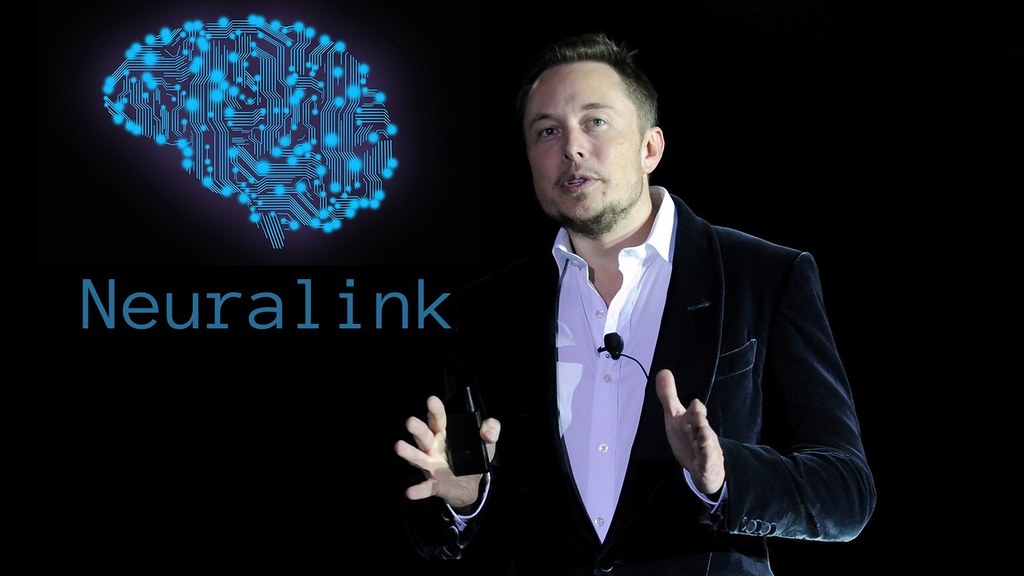The world of technology recently felt a tremor of excitement, quickly followed by a wave of cautious observation, with the news of Neuralink's first human trial. Elon Musk's brain-computer interface (BCI) startup, Neuralink, has been making waves for years, promising a future where minds and machines communicate seamlessly. But the reality, as with most groundbreaking advancements, is proving to be a complex journey.
Decoding Neuralink: The Bridge Between Thought and Technology
Neuralink's ambition is to build a BCI system that empowers paralyzed patients to control external technologies using only their thoughts. Their system, dubbed "Link", consists of 1,024 electrodes spread across 64 "threads" – thinner than a human hair – which are implanted into the brain to record neural signals. This intricate network forms a bridge between the human mind and the digital world, allowing for direct communication between thoughts and machines.
Noland Arbaugh: A Pioneer on the Frontier of Brain-Computer Interface
In January, Neuralink took a bold step, implanting the Link device into Noland Arbaugh, a 29-year-old patient, as part of a safety study. Initially, the procedure appeared to be a resounding success. Neuralink showcased a video of Arbaugh using the BCI in March, demonstrating his ability to control a computer cursor with his mind. A blog post in April further solidified this positive outlook, describing the surgery as "going extremely well."
However, just a few weeks later, a follow-up blog post revealed that some of the threads had detached from Arbaugh's brain. This detachment resulted in a decrease in the number of effective electrodes, impacting the company's ability to accurately measure the speed and accuracy of the Link system.
While Neuralink refrained from disclosing the exact number of detached threads, they assured the public that the issue posed no immediate safety risk to Arbaugh. In response to this setback, they have been actively modifying the recording algorithms, improving the user interface, and refining the techniques used to translate signals into cursor movements.
Challenges and Hopes in the Pursuit of a Revolutionary Technology
Despite the setback, Arbaugh reportedly continues to use the Neuralink BCI system for approximately 8 hours a day during the week, often extending to 10 hours a day on weekends. Arbaugh describes the Link as "a luxury perk" that helps him "reconnect with the world."
It's important to remember that Neuralink is not alone in the pursuit of BCI technology. This field has been explored in academic settings for decades, but Neuralink stands out for its daring, ambitious, and highly publicized approach. The company's willingness to push boundaries has attracted significant attention, but also invites scrutiny and high expectations.
Of course, a long road lies ahead for Neuralink, laden with rigorous safety and efficacy testing, before they can secure approval from the U.S. Food and Drug Administration (FDA) to commercialize this revolutionary technology.
A Future Where Limitations Fade: The Promise of Brain-Computer Interface
Despite the hurdles encountered, Noland Arbaugh's case stands as a pivotal milestone in Neuralink's journey and the broader development of BCI technology. The potential benefits of this groundbreaking technology are vast and carry the power to reshape our understanding of human potential.
Future success in this field could pave the way for a myriad of extraordinary applications:
Restoring Motor Function: Imagine paralyzed individuals regaining control over their bodies, maneuvering wheelchairs with their thoughts, or even walking again.
Cognitive Enhancement: BCI could help individuals with spinal cord injuries regain motor function, opening a world of possibilities for mobility and independence.
Unlocking Human Potential: Imagine enhancing human cognitive abilities, improving memory, and expanding our capacity for learning and creativity.
Seamless Integration with Technology: Imagine a world where communication with digital devices is seamless, intuitive, and occurs at the speed of thought.
Noland Arbaugh's story is a powerful reminder that the path towards an innovative future is paved with both challenges and hope. Neuralink, along with researchers worldwide, are relentlessly pushing the boundaries of what's possible, bringing us closer to a world where physical limitations no longer define human potential.
via emka.web.id




0 comments:
Post a Comment